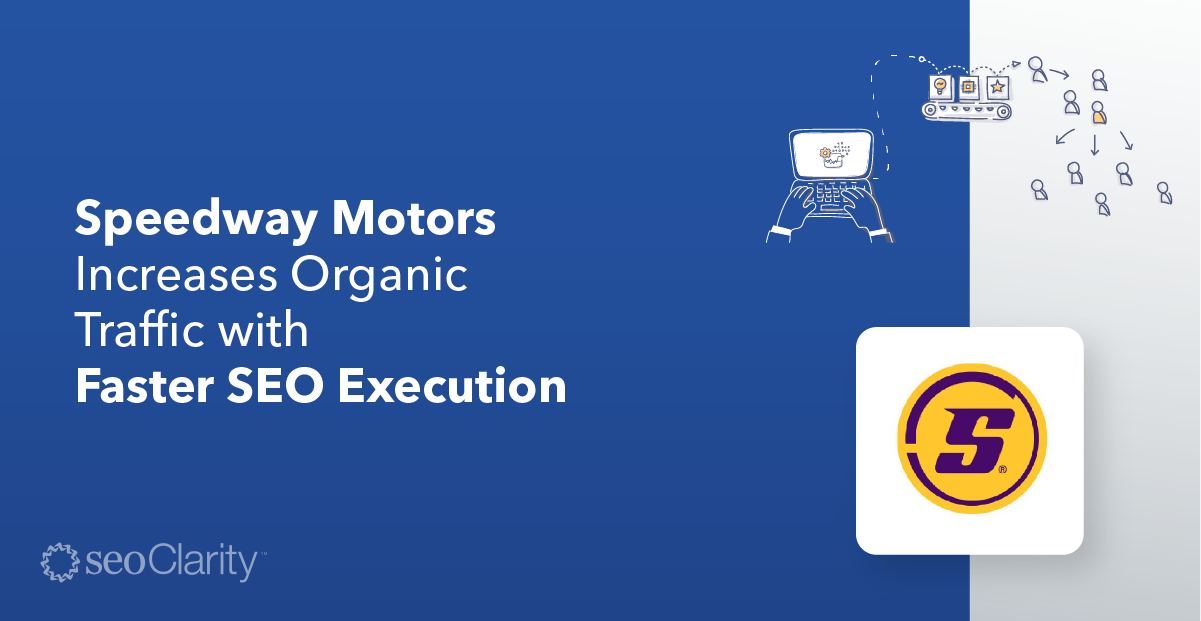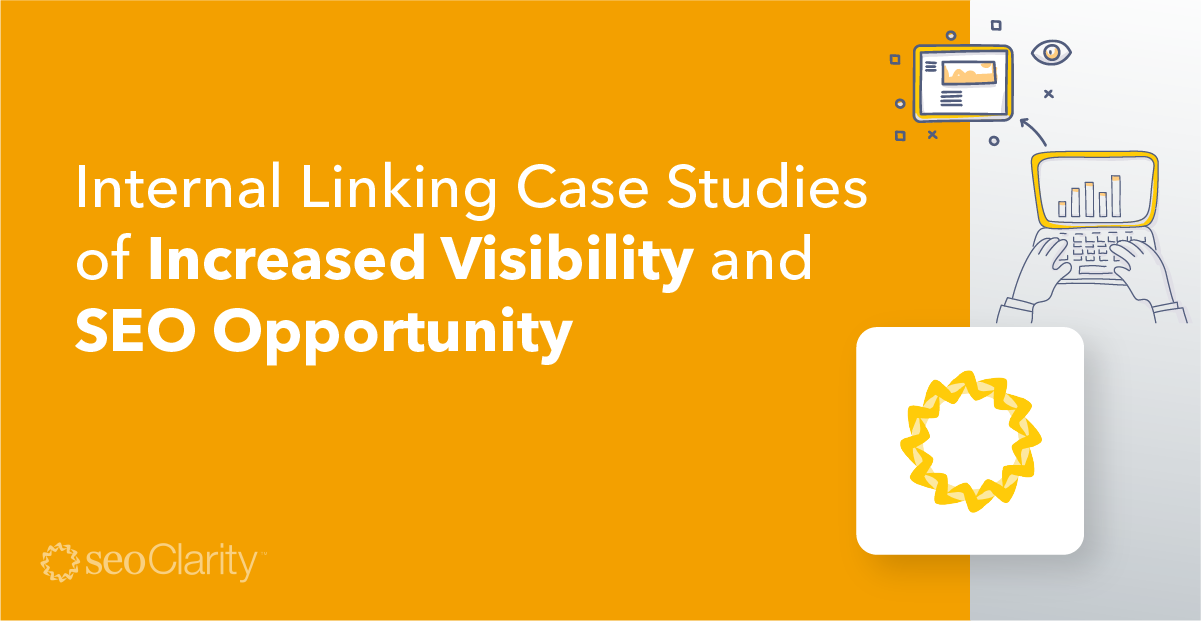In today's marketing landscape, we're all feeling the pinch as marketing budgets and resources are scrutinized for ROI.
As a result, it’s more important than ever to make every decision count when it comes to maximizing our online presence through any and all marketing channels.
Prefer video? Watch our 18-minute webinar!
As businesses vie for maximum SERP visibility, the strategic integration of SEO and PPC has emerged as a crucial tactic for driving optimum return on investment.
Data across our client base reveals that, collectively, PPC and SEO account for 65% of traffic and more than half of the conversions on major enterprise websites.
Unfortunately, so many businesses silo organic and paid search information which means all the impactful insights these channels can provide aren’t maximized.
In this blog, we shed light on actionable strategies for unifying PPC and organic efforts to optimize SERP presence and ensure that every marketing dollar spent has the largest impact possible.
Table of Contents:
7 Ways to Harmonize PPC and SEO to Increase ROI
To amplify your ROI and harmonize your investment in the SERP, adopting an iterative approach to SEO and PPC integration is a key strategy within your digital marketing channels.
This means embracing a cycle of testing, learning, and refining your strategies to increase ROI, improve efficiency, and better meet the needs of your audience and the goals of your business.
Let’s dive into some of the many different ways you can experiment with unifying PPC and SEO.
1. Combine SEO and PPC Efforts to Gain Visibility Throughout the Entire SERP
It’s challenging to consistently rank #1 in the SERPs for non-branded terms, even if you have the organic presence. Paid ads will always take precedence at the top of the page.
So why spend time optimizing your organic search presence? Because, especially for queries with informational intent, searchers will typically scan farther down the SERP.
That’s why it’s essential to harmonize SEO and PPC to optimize the full SERP in today's competitive digital landscape — SEO focusing on crafting content that resonates across different audience segments, and PPC tailoring ads to match this content and intent.
This integrated approach not only maximizes SERP real estate but also ensures consistency in messaging, reinforcing brand trust and optimizing the effectiveness of both organic and paid search strategies.
On average, when PPC and Organic are present in top positions (Absolute Top Impressions 90%+ and Top 3 organic positions), 90% occurs for organic traffic and 80% for PPC traffic.
Moreover, PPC usually achieves the best quality scores with present organic rankings in the top 3 positions.
2. Determine if There is An Above-the-Fold Opportunity for Organic or Not
Determining where organic efforts are close to securing top visibility helps SEOs pinpoint competitive but achievable opportunities.
By identifying keywords with first-fold potential, you gain valuable insight on where to invest SEO resources in order to enhance visibility where it's most impactful.
This analysis also directly influences PPC strategies.
For keywords where organic rankings consistently secure first-fold presence, consider redirecting PPC spend toward areas with less organic dominance – especially for crucial keywords that are just beyond organic reach. This brings us to our next point…
3. Let PPC Step In for Highly Competitive Terms in Organic
Some keywords prove to be tough nuts to crack for organic search due to stiff competition, dominant SERP features, or the stronghold of authority sites.
This is where a strategic partnership between SEO and PPC teams can turn challenges into wins. By sharing insights on these hard-to-rank terms, SEO experts can guide PPC campaigns to fill the visibility gaps, ensuring your brand remains prominent for crucial queries.
This collaborative approach transforms what could be seen as a budget tug-of-war into a synergistic strategy. PPC steps in where SEO faces hurdles, providing immediate visibility and complementing long-term organic efforts.
This is particularly valuable with mature PPC campaigns. There is plenty of opportunity to learn from top-performing PPC ad copy (CTR by keyword, ad group, etc.). For example, incorporating top-performing PPC ad copy in page titles can improve organic CTR.
4. Use Organic to Gain SERP Presence for Expensive Terms
On the flip side of our last point, there may also be certain terms where it makes more financial sense to invest more in organic search.
In some cases, certain keywords may prove too expensive to bid on.
If the cost-per-click is so high that you'd probably never hit your Return On Ad Spend (ROAS) goals, you might want to put that keyword in your organic-only bucket.
Focusing on organic growth for these expensive keywords can offer a more sustainable and cost-effective approach.
5. Run a Brand vs Non-Brand Test to Optimize Resource Allocation
We have consulted with several clients over the years who have wanted to test to see what happens when they turn off “branded” paid search for a limited period of time.
The purpose of these tests is to see how turning off their branded terms affects their organic traffic and impressions. It can also help companies determine how to best allocate their digital marketing budget if, for example, organic can compensate for the traffic no longer being received from paid.
Two potential strategies when running this type of test include:
- Identify important PPC keywords with low conversions or ROI. These are good targets for increased organic optimization, while reducing or eliminating wasted PPC spend.
- You can also identify high cost PPC keywords with high organic rankings. Consider testing to see if you can remove the paid ads and still capture the same amount of traffic, resulting in better ROI.
Often, results have shown that while organic traffic may increase throughout the test, it may not increase enough to compensate for the lost traffic from PPC.
Ultimately, we find that both SEO and PPC typically perform best when they’re working together. This is why we don’t usually recommend turning off PPC even if SEO has strong rankings. But it’s worth testing to uncover the amount of investment in SEO and PPC that will work best for your brand.
6. Implement SEO to Achieve a Higher PPC Quality Score
Implementing robust SEO practices can contribute to a higher paid search quality score, a critical metric that influences ad placement and cost per click.
This quality score, ranging from one to ten, evaluates the relevance and quality of your ads based on factors like click-through rates (CTR) and the alignment of ad content with user queries.
High-quality scores are often achieved by ads that appear in the top three organic rankings, highlighting how a strong organic search presence can directly benefit PPC strategies.
For example, key SEO enhancements such as optimizing technical experience (i.e. page speed) and ensuring content relevance contribute to a better landing page experience – a crucial component of the quality score.
7. Utilize SEO Resources to Create More Relevant Paid Ads
Organic search platforms, like seoClarity, tend to have significantly better keyword research tools than paid teams usually have access to. By working together, PPC teams can leverage SEO resources to uncover highly relevant keywords, enriching their campaigns.
In addition, organic search tools also provide a better understanding of keyword intent which helps paid search teams create more relevant ads.
This synergy not only broadens your keyword landscape but also sharpens your ad messaging, driving both efficiency and effectiveness in your digital marketing endeavors.
Another strategy to determine prioritization in SEO is to bid on terms in paid search for a short time to understand volume and potential conversions. This can help determine the effort that should be put behind a SEO campaign for that topic and/or specific queries.
Conclusion
An integrated SEO and PPC approach offers a cost-effective way to maximize your digital footprint for optimal ROI.
By embracing the test-learn-iterate cycle and viewing SEO and PPC as complementary facets of a unified strategy, businesses can maintain a competitive edge, even with limited resources.
Ready to implement a unified approach to digital marketing?
Unlock the full potential of your marketing efforts by analyzing your PPC and SEO data together, providing a comprehensive view of performance, success, and untapped opportunities to boost ROI.
Start consolidating your cross-channel insights today with our SEO and PPC reporting tool to make informed decisions that drive your business forward.
Schedule a demo to learn more!








Comments
Currently, there are no comments. Be the first to post one!